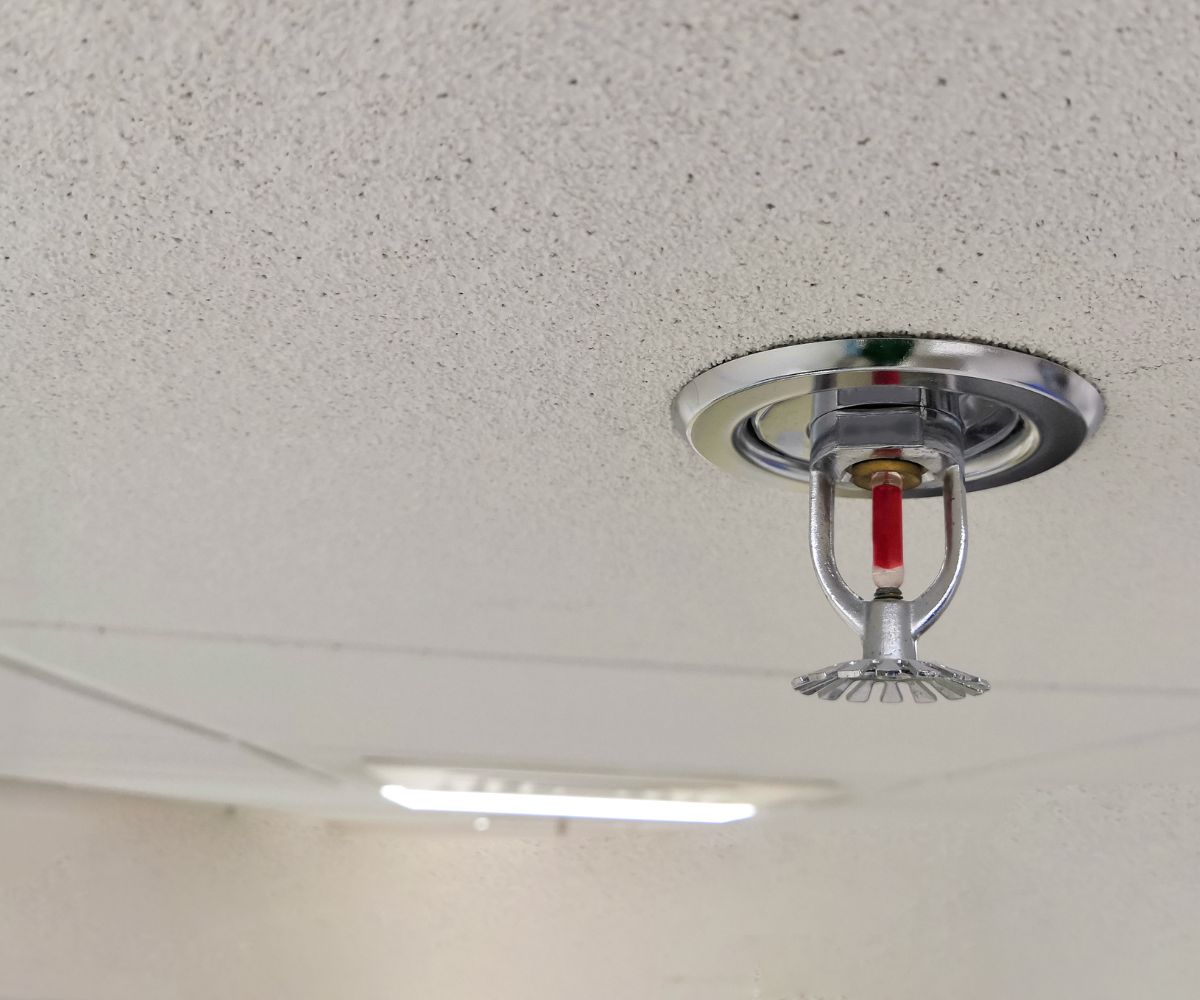Property insurance underwriters play a critical role in the insurance industry by assessing and managing the risks associated with insuring properties against various perils, including fire. To provide property owners with appropriate coverage and premiums, underwriters employ a thorough process that analyzes numerous factors contributing to fire risk. In this article, we’ll delve into the complex task of how underwriters assess fire risk for properties.
Location Analysis
The location of a property is a fundamental factor in determining its fire risk. Underwriters examine the geographic area in which the property is situated, considering factors such as proximity to wildfire-prone zones, access to firefighting services, and historical fire data for the region. Properties located in areas with a history of wildfires or limited firefighting resources are considered higher risks and may face higher premiums.
Building Construction and Materials
The construction and materials used in a building are key determinants of its fire risk. Underwriters evaluate the type of construction (e.g., wood-framed, masonry, concrete), as well as the quality and fire resistance of building materials. Buildings constructed with fire-resistant materials and designed with fire safety features, such as fire-rated walls and roofs, are deemed lower risks and may qualify for reduced premiums.
Fire Protection Measures
The presence and quality of fire protection measures significantly impact fire risk assessment. Underwriters scrutinize the property’s fire safety features, including fire alarm systems, automatic sprinklers, fire-resistant doors and windows, and fire extinguishers. Properties equipped with comprehensive fire protection systems often receive more favorable insurance terms, as these measures can mitigate potential damage in the event of a fire.
Occupancy Type
The purpose for which a property is used, known as its occupancy type, is a crucial element in fire risk assessment. Underwriters categorize properties based on occupancy, recognizing that some types inherently pose greater fire risks than others. For example, industrial facilities with flammable materials or chemical storage pose higher risks than residential properties or office buildings. This classification helps determine appropriate coverage and premiums.
Fire History
A property’s past fire history is a telling indicator of its fire risk. Underwriters investigate whether the property has experienced previous fire incidents, examining the extent of damage and measures taken to prevent future occurrences. Frequent or severe fire incidents in a property’s history can lead to increased premiums or coverage restrictions.
Environmental Factors
Environmental factors, such as climate and weather conditions, can influence fire risk. Underwriters consider the local climate, temperature variations, humidity levels, and seasonal factors when assessing risk. Areas prone to droughts or extended dry spells are at a higher risk of wildfires, which may result in higher insurance costs for properties located there.
Compliance with Building Codes and Regulations
Adherence to local building codes and regulations is imperative for fire risk assessment. Underwriters ensure that the property meets all safety standards mandated by local authorities. Properties that comply with these codes are viewed as less risky, and policyholders may benefit from lower premiums as a result.
Loss History
The property’s loss history, particularly in relation to fire damage claims, is a significant factor in underwriting decisions. Underwriters review the property’s past insurance claims and assess the frequency and severity of fire-related losses. A history of frequent or extensive fire claims may lead to higher premiums or difficulty obtaining coverage.
Additional Hazards
Additional hazards associated with the property can increase its fire risk. Underwriters consider factors such as proximity to industrial facilities with hazardous materials, high-traffic areas, or natural features like dense forests, grasslands, or water bodies that may influence the spread of fire. These hazards are carefully evaluated to determine their impact on the property’s overall risk profile.
Fire Department Response Time
The response time of the local fire department is a critical consideration. Underwriters assess how quickly firefighting resources can reach the property in case of a fire emergency. Longer response times can increase the potential for significant damage and may result in higher insurance premiums.
The assessment of fire risk for properties is a multifaceted process that requires underwriters to consider various factors. By conducting thorough analyses of location, construction, fire protection measures, occupancy type, fire history, environmental conditions, building code compliance, loss history, additional hazards, and fire department response time with the help of wildfire risk analysis solutions such as the ones from RedZone.co, underwriters can accurately gauge the level of risk associated with insuring a property against fire damage. Property owners can proactively reduce their fire risk by investing in safety measures and adhering to building codes, ultimately leading to more favorable insurance terms and conditions.


